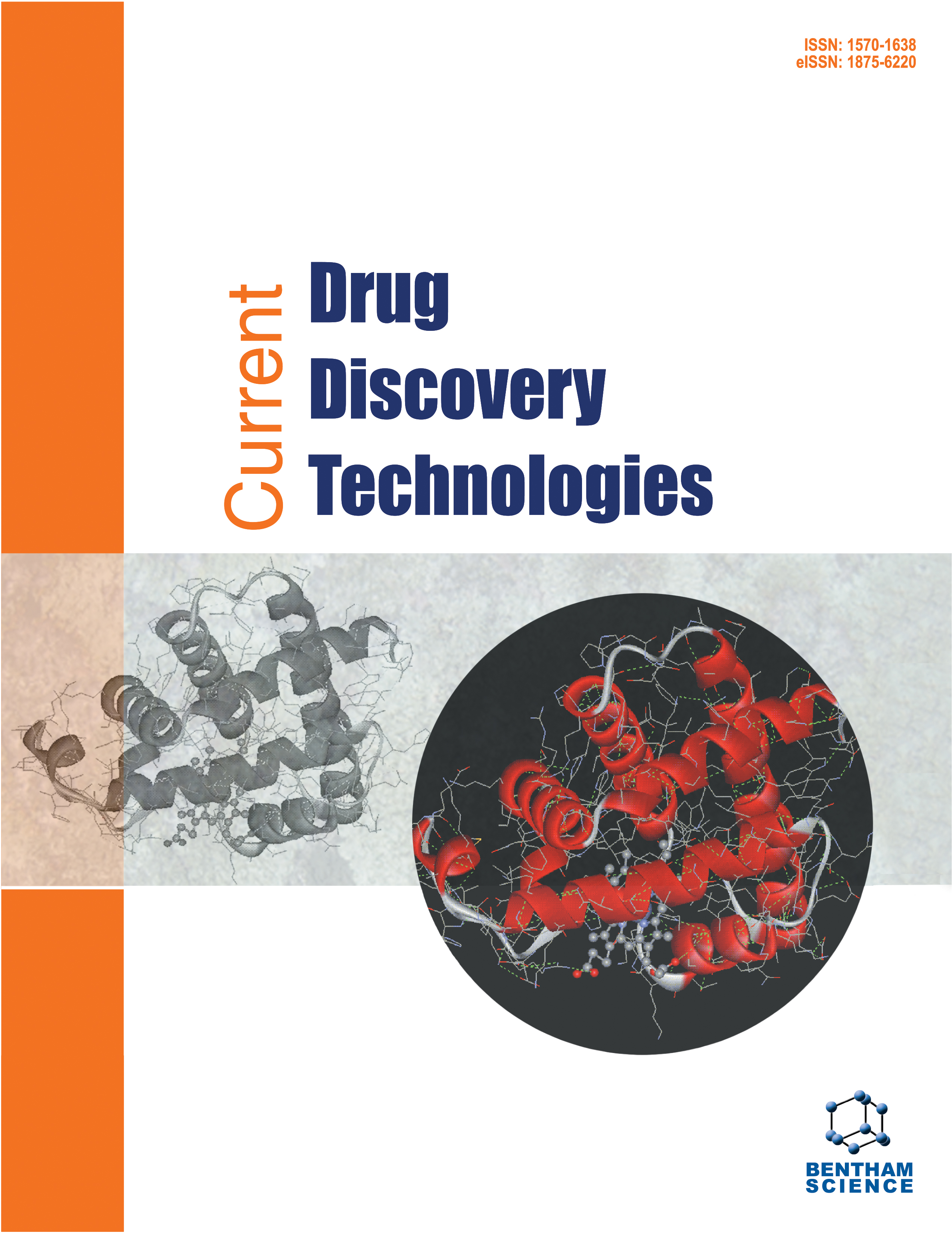
Full text loading...

Ferroptosis, a regulated cell death initiated by Fe-dependent lipoperoxidation, is closely linked to the development of lung adenocarcinoma (LUAD). LncRNA human leukocyte antigen complex P5 (HCP5) has been confirmed as oncogenic in LUAD, but its function in ferroptosis is unknown.
Based on the previous bioinformatics mining of the ceRNA (competitive endogenous RNA) network HCP5/miR-17-5p/ Homeobox A7 (HOXA7) related to ferroptosis in LUAD, in this study, we characterized the cell-based experiments to validate the binding between the HCP5/miR-17-5p/HOXA7 axis and ferroptosis.
The HCP5/miR-17-5p/HOXA7 linkage was identified by a two-luciferase reporter. Cell Counting Kit-8 (CCK-8) and Transwell assay were employed for the detection of viability, invasion, and migration of A549 cells, respectively. ACSL4 and SLC7A11 were associated with ferroptosis, MMP 9, vimentin, and E-cadherin, which were associated with migration and invasion and were assessed by WB and qRT-PCR. Fe2+ and malondialdehyde (MDA) were analyzed using kits.
Over-expression of HCP5 enhances the growth, invasion, and migration of A549 cells by adjusting miR-17-5P to increase the expression of HOXA7. In addition, the knockdown of HCP5 elevated miR-17-5p, which inhibited HOXA7 expression and suppressed ferroptosis and EMT in A549 cells.
HCP5/miR-17-5p/HOXA7 can affect ferroptosis as well as the biological behavior of A549 cells.